We have a Spring Boot application on GKE with auto-scaling (HPA) enabled. During startup, HPA kicks in and start scaling the pods even though there is no traffic. Result of 'kubectl get hpa' shows high current CPU average utilization while CPU utilization of nodes and PODs is quite low. The behavior is same during scaling up, and multiple Pod are created eventually leading to Node scaling.
Application deployment Yaml:
apiVersion: apps/v1
kind: Deployment
metadata:
name: myapp-api
labels:
app: myapp
spec:
replicas: 3
selector:
matchLabels:
app: myapp
template:
metadata:
labels:
app: myapp
spec:
serviceAccount: myapp-ksa
containers:
- name: myapp
image: gcr.io/project/myapp:126
env:
- name: DB_USER
valueFrom:
secretKeyRef:
name: my-db-credentials
key: username
- name: DB_PASS
valueFrom:
secretKeyRef:
name: my-db-credentials
key: password
- name: DB_NAME
valueFrom:
secretKeyRef:
name: my-db-credentials
key: database
- name: INSTANCE_CONNECTION
valueFrom:
configMapKeyRef:
name: connectionname
key: connectionname
resources:
requests:
cpu: "200m"
memory: "256Mi"
ports:
- containerPort: 8080
livenessProbe:
httpGet:
path: /actuator/health
port: 8080
initialDelaySeconds: 90
periodSeconds: 5
readinessProbe:
httpGet:
path: /actuator/health
port: 8080
initialDelaySeconds: 60
periodSeconds: 10
- name: cloudsql-proxy
image: gcr.io/cloudsql-docker/gce-proxy:1.17
env:
- name: INSTANCE_CONNECTION
valueFrom:
configMapKeyRef:
name: connectionname
key: connectionname
command: ["/cloud_sql_proxy",
"-ip_address_types=PRIVATE",
"-instances=$(INSTANCE_CONNECTION)=tcp:5432"]
securityContext:
runAsNonRoot: true
runAsUser: 2
allowPrivilegeEscalation: false
resources:
requests:
memory: "128Mi"
cpu: "100m"
Yaml for HPA:
apiVersion: autoscaling/v2beta2
kind: HorizontalPodAutoscaler
metadata:
name: myapp-api
labels:
app: myapp
spec:
scaleTargetRef:
apiVersion: apps/v1
kind: Deployment
name: myapp-api
minReplicas: 1
maxReplicas: 10
metrics:
- type: Resource
resource:
name: cpu
target:
type: Utilization
averageUtilization: 80
- type: Resource
resource:
name: memory
target:
type: Utilization
averageUtilization: 80
result of various commands:
$ kubectl get pods
$ kubectl get hpa
$ kubectl top nodes
$ kubectl top pods --all-namespaces



